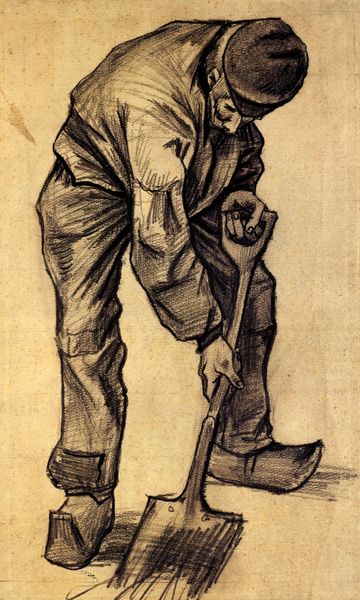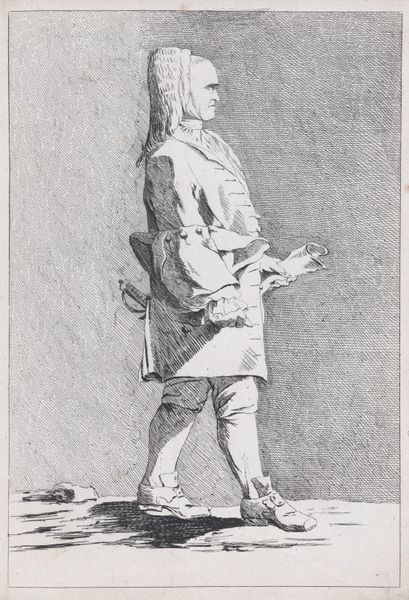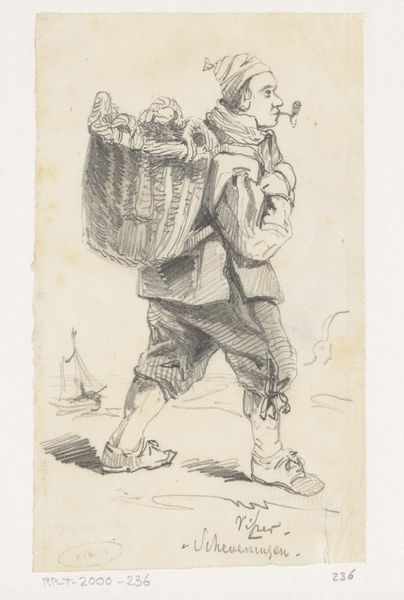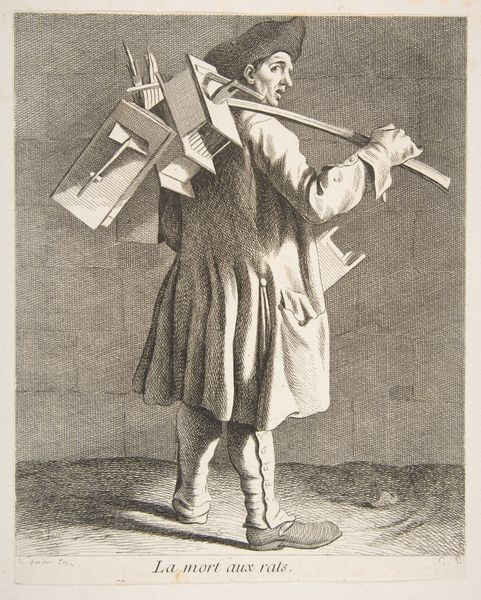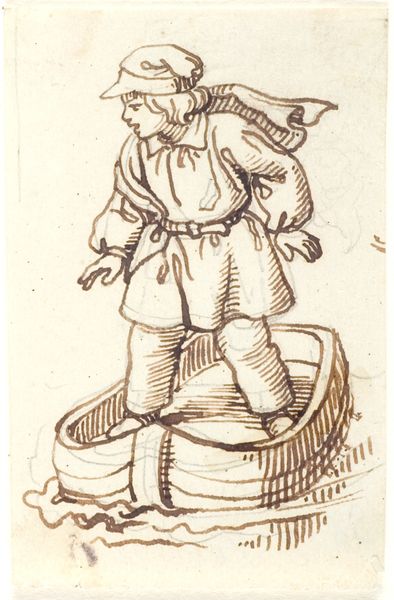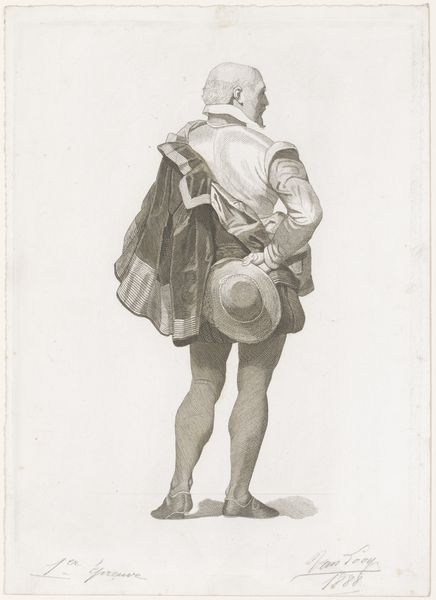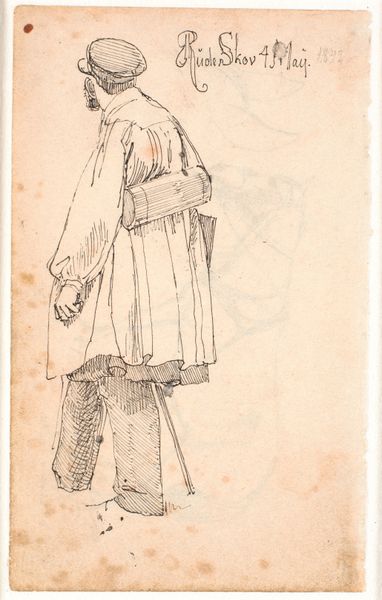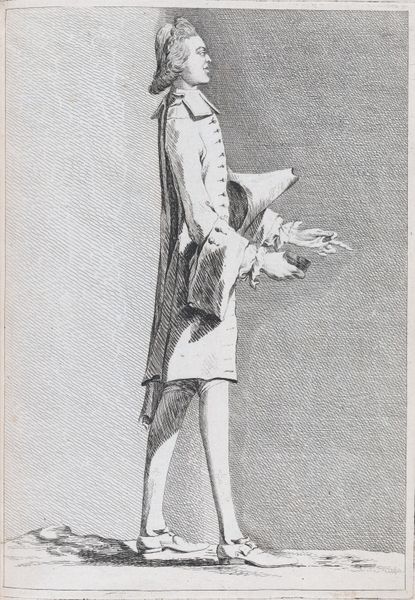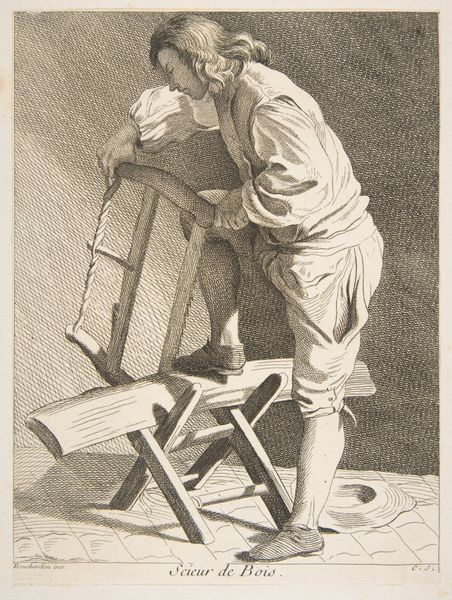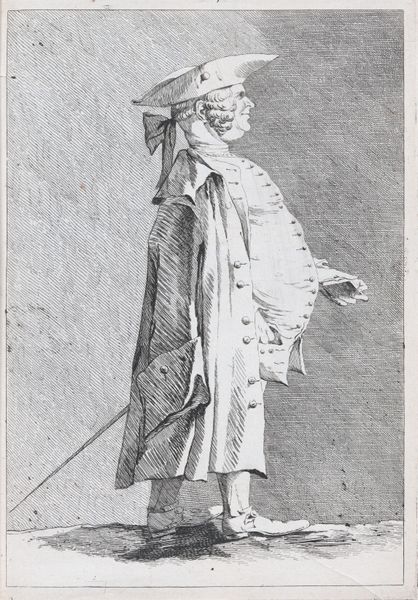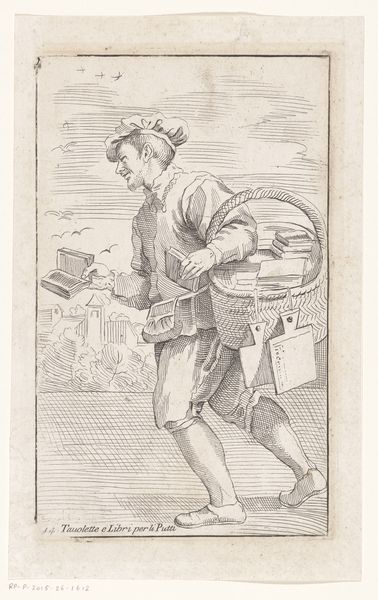
oil-paint
#
portrait
#
narrative-art
#
oil-paint
#
oil painting
#
costume
#
genre-painting
#
modernism
Copyright: Norman Rockwell,Fair Use
Editor: This is Norman Rockwell’s "The Puppeteer," created in 1932 using oil paint. I’m struck by the contrast between the almost weary expression of the puppeteer and the elaborate, doll-like figures he controls. What do you see in this piece? Curator: It's fascinating, isn't it? On the surface, it's a charming scene, but if we dig deeper, we can find a potent commentary on social power structures and performance. Look at the figures he controls. How do their ornate costumes speak to ideas of wealth, class, and constructed identities during that era? Editor: So, you’re saying Rockwell is using the puppeteer and his puppets to maybe critique societal roles? Curator: Precisely! Who gets to decide the narrative? How much free will do these figures – or, indeed, people in society – really have? The Great Depression was hitting America hard, and perhaps Rockwell subtly asks about economic elites who are controlling everything like puppets in a show. What happens when the strings are cut? Editor: That’s a really interesting take! I was just thinking about the technical skill involved. Curator: Technique matters, certainly, but the social and political contexts give his paintings profound depths of meaning. Think of it as an intersection of aesthetics and lived experience, always. We need to consider both. Editor: That makes perfect sense. I never considered how relevant this could be in that way. It definitely provides an intriguing viewpoint on power. Thanks so much. Curator: Absolutely! I'm happy to help give context and I think there is even more to unravel for any inquisitive eye. It helps shed light on modern day politics, class struggles, and much more!
Comments
No comments
Be the first to comment and join the conversation on the ultimate creative platform.

